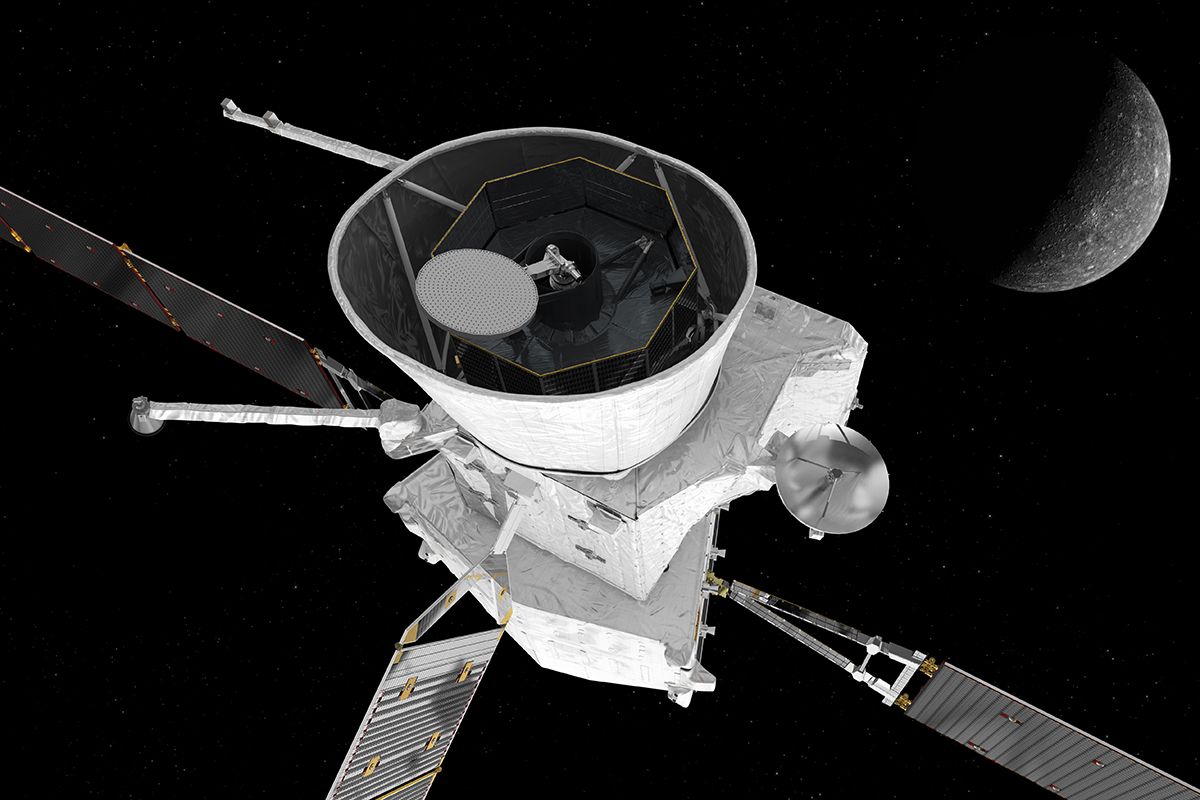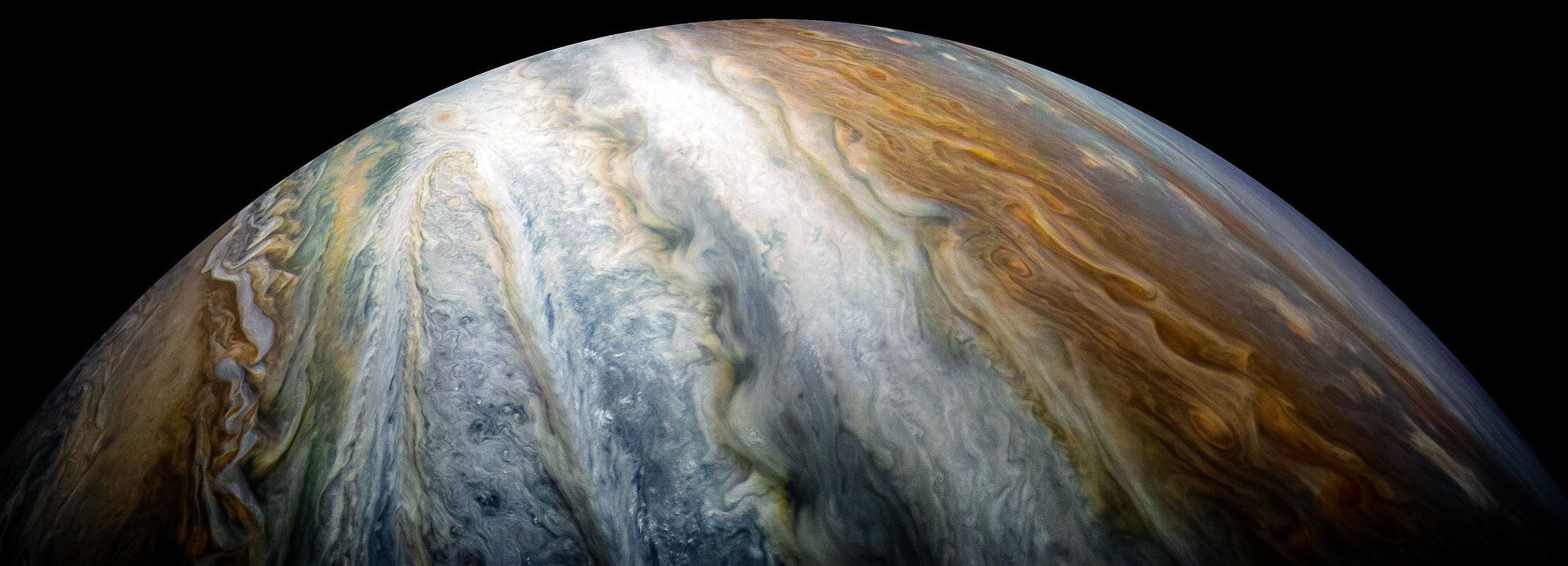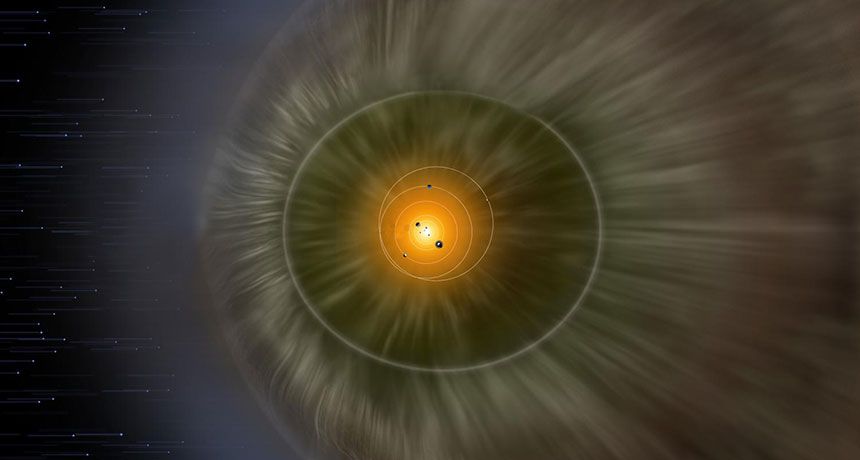Archive for the ‘space’ category: Page 860
Aug 12, 2018
The Battle for a Star Trek Future: Federation vs. Terran Empire
Posted by B.J. Murphy in categories: government, space
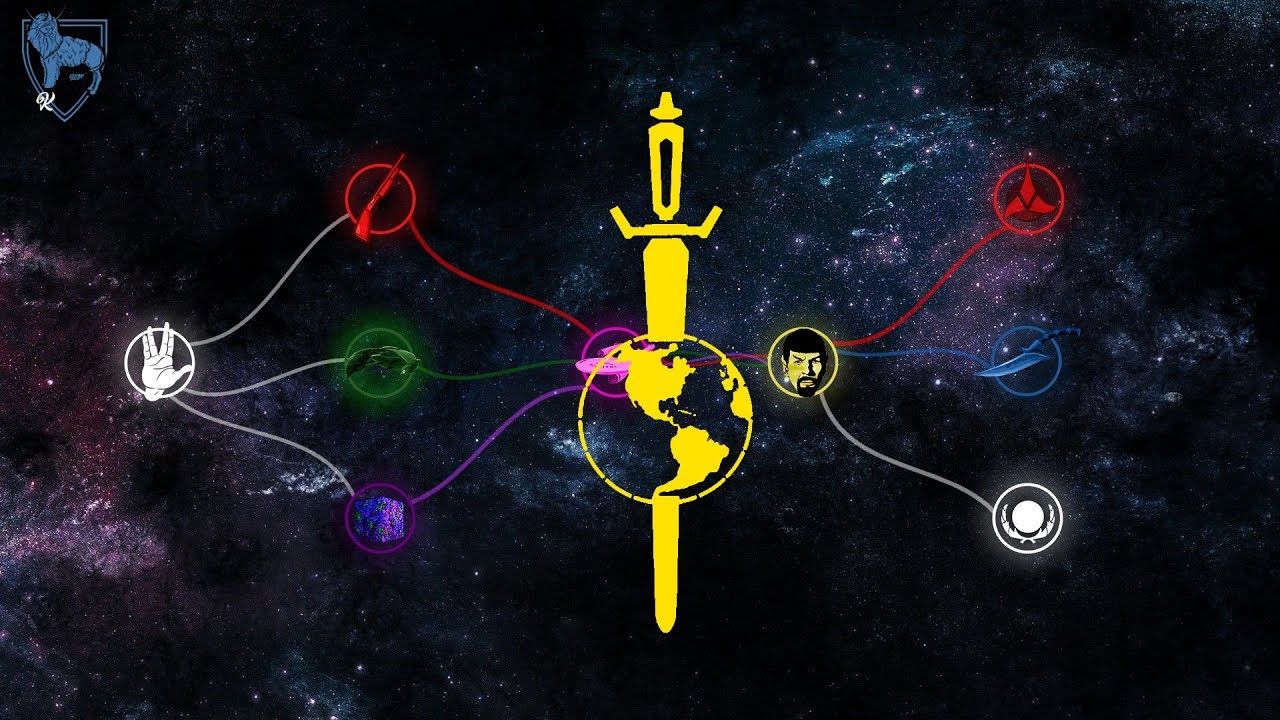
When I think about our future, I cannot help myself but look upon the fictional universe of Star Trek. Not just because of their unabiding pursuit “to boldly go where no one has gone before,” but equally their philosophical measurement of their day-to-day lives.
As the U.S. government continues to impose xenophobic policies and attempts to militarize space, our future runs the risk of becoming something similar to the tyrannical (albeit fictional) entity known as the Terran Empire.
Continue reading “The Battle for a Star Trek Future: Federation vs. Terran Empire” »
Aug 11, 2018
Live: sneak preview of this year’s mission to Mercury
Posted by Genevieve Klien in category: space
By New Scientist staff
It’s time to return to Mercury. The solar system’s boiling-hot innermost planet will have a visitor soon – a probe called BepiColombo, which is set to launch in October 2018. After seven years of journeying through the inner solar system, the spacecraft will enter Mercury’s orbit in 2025, and help to unravel the mysteries of this tiny, scorched planet.
Mercury is a bit of an enigma. Despite being so close to the sun and reaching temperatures of 350°C, NASA’s Messenger probe saw what looked like ice in the craters near the planet’s poles when it passed by in 2012. Messenger also found that Mercury has a tenuous atmosphere, even though it is blasted with intense radiation from the sun. And in 1974, NASA’s Mariner 10 probe detected a magnetic field on Mercury – a surprising find, as Venus, Mars, and the moon don’t have one.
Continue reading “Live: sneak preview of this year’s mission to Mercury” »
Aug 11, 2018
Scientists finally have a suitable explanation for Jupiter’s weirdly colorful bands
Posted by Genevieve Klien in category: space
Of all the planets in our Solar System, Jupiter is probably the most interesting to look at. It’s just a big ball of fast-moving gasses in all kinds of wild colors. The planet hosts storms that could swallow the entirety of Earth, and while we can see lots of neat things happening near the planet’s cloud tops it’s a lot more difficult to determine what is actually going on deeper inside the planet.
Now, thanks to some fancy calculations and jet stream models inspired by Earth’s own weather patterns, researchers have a new theory on just why Jupiter’s crazy bands seem so perfectly arranged.
In the study, which was published in The Astrophysical Journal, scientists explain that the jet streams on the planet are likely cut off by magnetized gasses deeper within the planet. The jet streams control the flow of gasses around the planet’s outer atmosphere where colorful bands of ammonia twist around the planet. These jet streams stretch many miles into the planet, but stop once they reach the magnetized gasses closer to its center.
Aug 10, 2018
President Donald J. Trump is Building the United States Space Force for a 21st Century Military
Posted by Michael Lance in categories: military, space
America is reclaiming its heritage as the world’s greatest space-faring nation and leading space development into the 21st century.
BUILDING SPACE FORCE: President Donald J. Trump and his Administration are laying the groundwork to build Space Force as the sixth branch of the United States military.
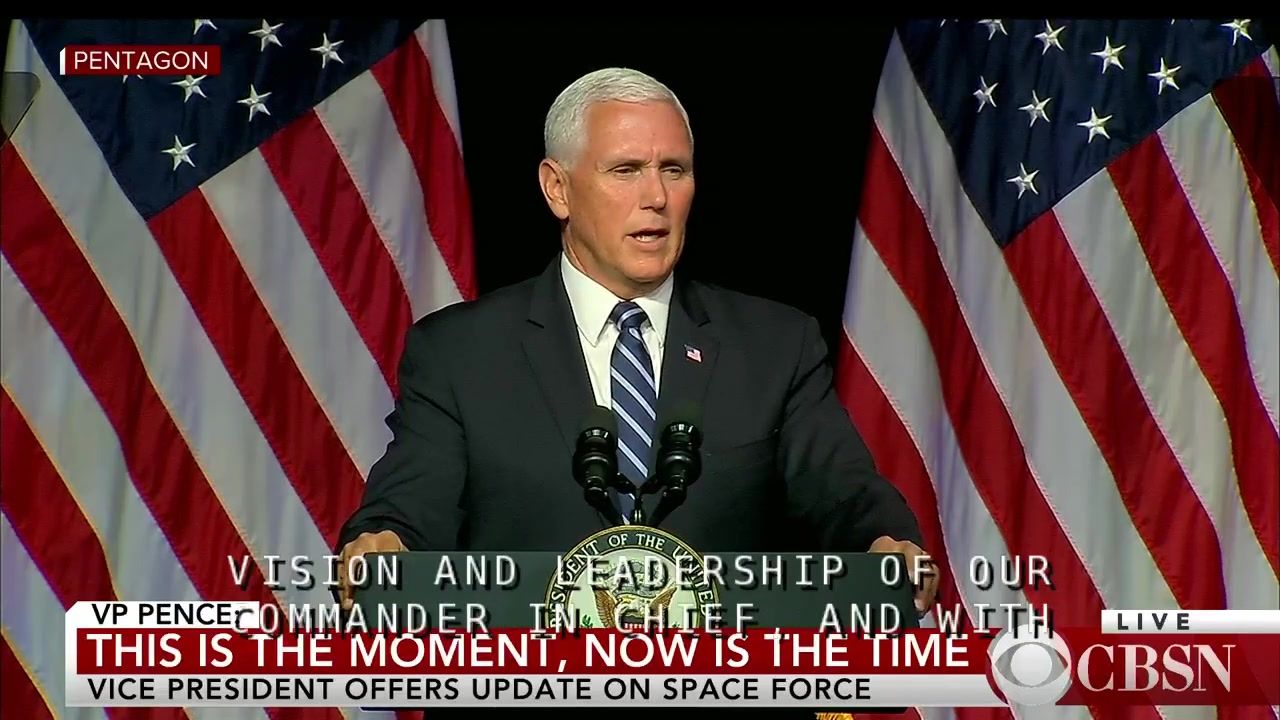
SPACE FORCE: Vice President Pence delivers remarks on the Trump administration’s plan to establish a new branch of the U.S. military.
Aug 10, 2018
NASA’s Parker Solar Probe Is Named for Him. 60 Years Ago, No One Believed His Ideas About the Sun
Posted by Genevieve Klien in category: space
Eugene N. Parker predicted the existence of solar wind in 1958. The NASA spacecraft, scheduled to launch on Saturday, is the first named for a living person.
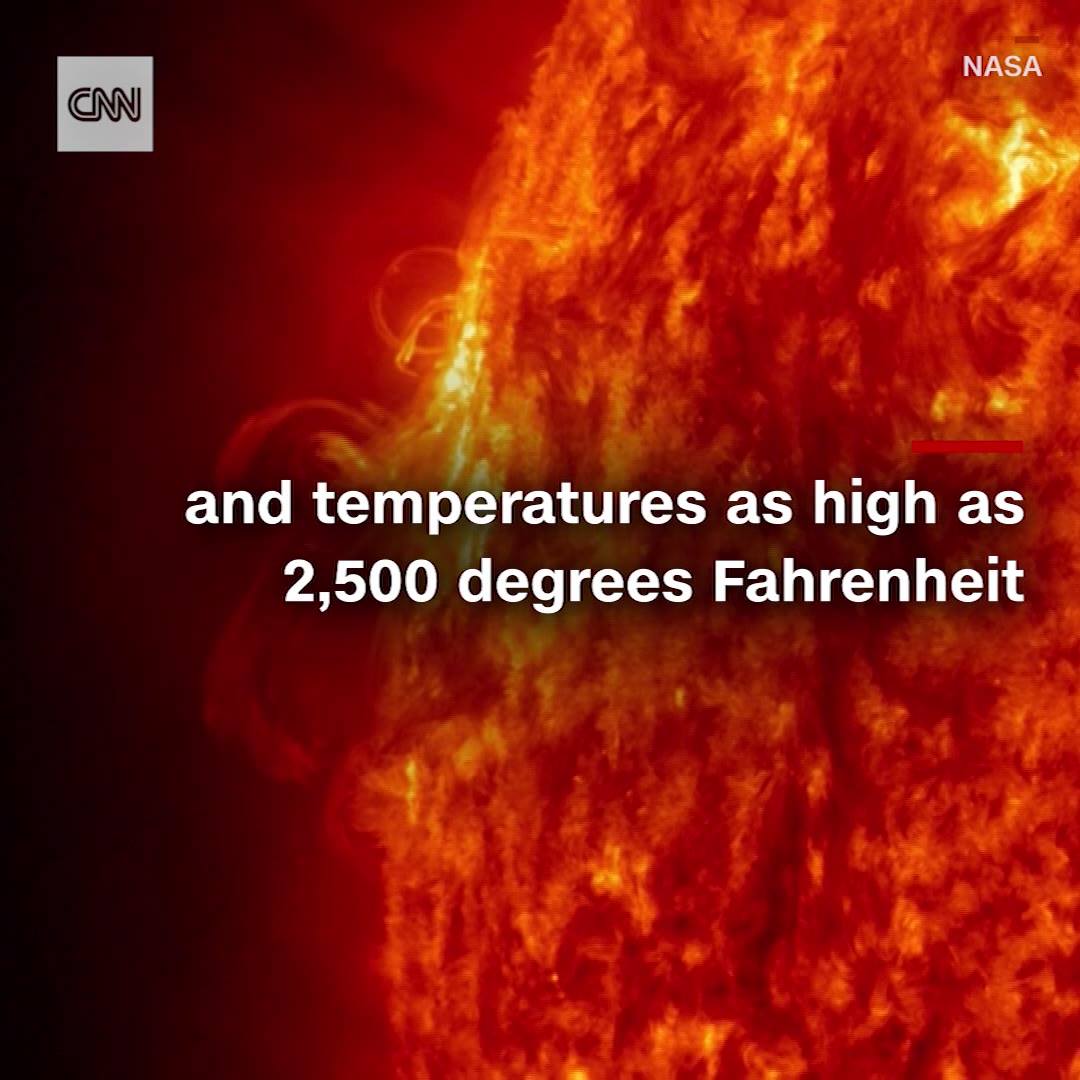
NASA’s first mission to the sun is set to launch on Saturday. The probe will have to withstand heat and radiation never previously experienced by any spacecraft https://cnn.it/2KNGkuQ
Aug 9, 2018
New Horizons may have spotted a hydrogen wall at the edge of the solar system
Posted by Genevieve Klien in category: space
New Horizons may have seen a hydrogen wall just past the edge of the solar system, where the solar wind meets the stuff of interstellar space.
If an earthbound technology might be revolutionary in space, what does it take to find out?

